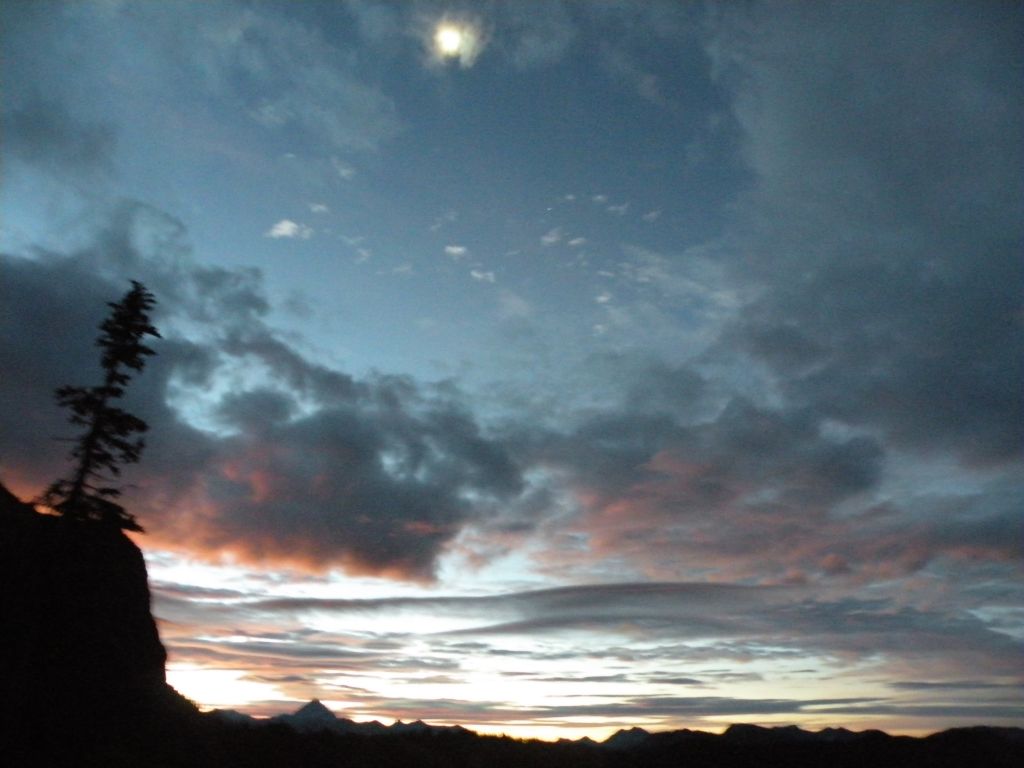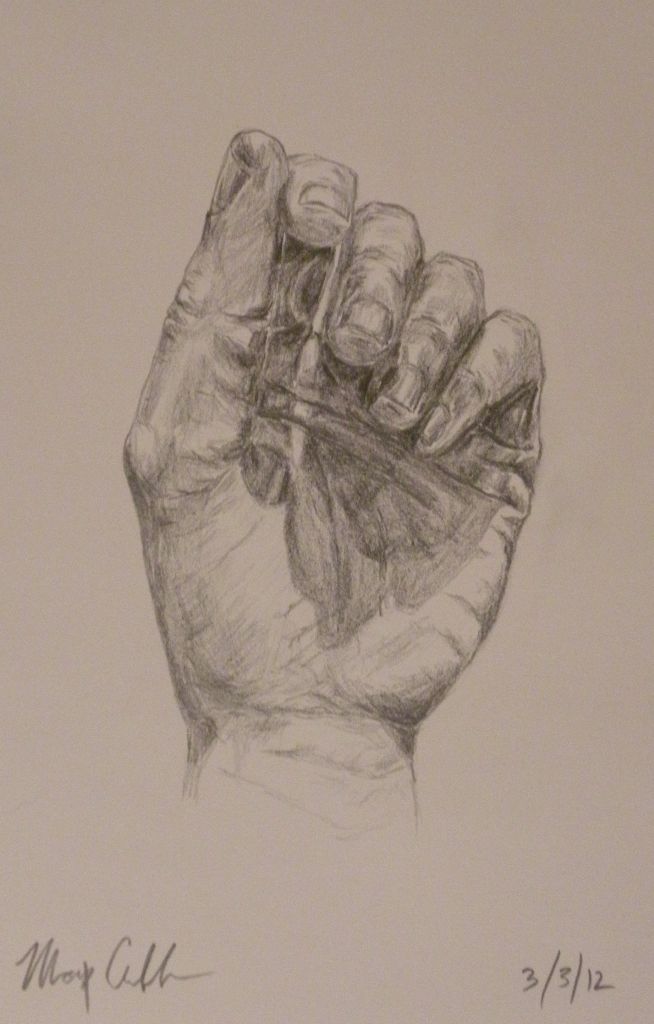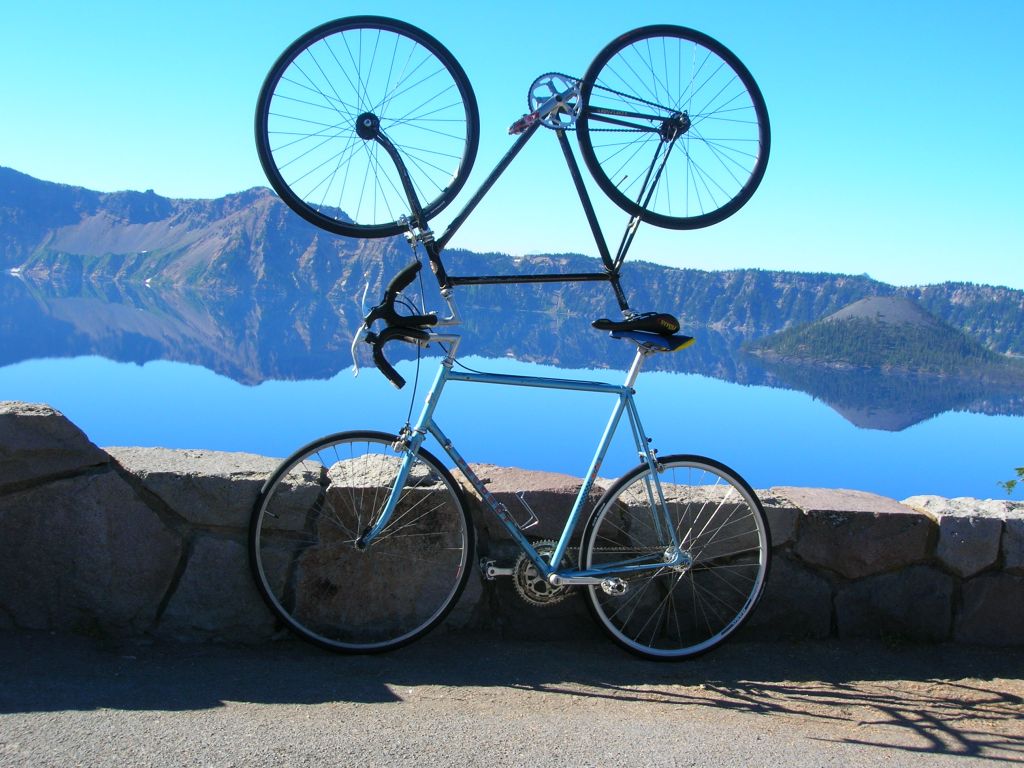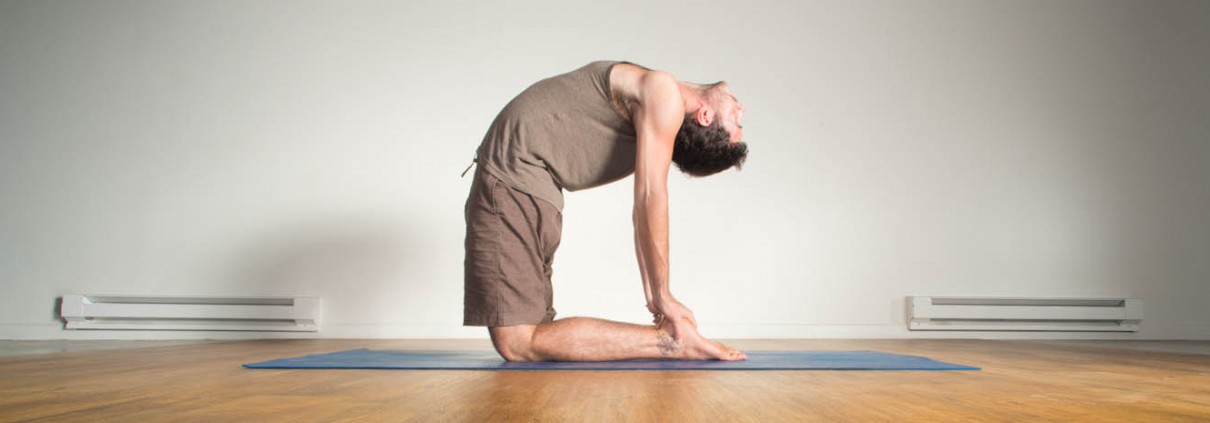Greene: The Elegant Universe
Brian Greene’s popular work on string theory, The Elegant Universe, lays out the potential “theory of everything” in understandable prose, and describes the evolution of physics that led up to its formulation.
When I call the prose understandable, I mean that in a relative sense. It’s not a Hunger Games-type read, but if you’re not frightened away by the idea of curved space-time, supersymmetry, and 6 (or 7) tightly wrapped invisible dimensions, you’ll be fine. I majored in physics in college, so I approached The Elegant Universe with a decent base level of understanding, but I’d certainly never delved into string theory before. I had always just kind of imagined it as it sounds: a universe composed of very small vibrating strings. And it turns out, that’s pretty much what it is. With lots of nuances and implications and difficult math. Greene does a terrific job of bringing out the core of the theory in a comprehensible and natural way, and ultimately gives a compelling case for the theory being a big step toward the elusive “Theory of Everything.”
The first half of the book describes the theories preceding string theory, namely general relativity and quantum mechanics. Greene makes the transition from Newtonian physics to general relativity seem almost intuitive. The math is the really hard part, but it is fun to imagine what it means for space to be warped and curved in a gravitational field (not just the objects, but the actual extent of space). And it is fun to try to imagine the most immense objects in the universe – and then to conceive of distances so great that those objects appear vanishingly small. I’ve always found this line of thinking much more natural and exciting than going the direction, that is, zooming in so far that quantum mechanics comes into play.
Quantum mechanics was one of the top reasons I stopped doing physics after college, which I would guess is not an uncommon reaction. It is physically counter-intuitive, but the part that got me is that it is really only accessible through the math. Despite all of its obscurity, quantum mechanics is the most precisely measured theory out there. Nobody really knows why it works, but it works better than anything else we’ve ever come up with. Kind of infuriating. And I think that my preference for general relativity over quantum mechanics also tells something about how my mind works. I definitely prefer losing myself in big, expansive (right brain?) thoughts rather than the precise mechanical details (left brain?).
The second half of the book focuses on string theory itself – its conception, evolution, and current (as of a decade ago) highlights and issues. The idea behind string theory (or M-theory, which is thought to encompass string theory) is very elegant indeed. Rather than the universe being made up of point particles (i.e electrons, quarks, muons, neutrinos, etc) that have literally zero spatial extent, string theory claims these particles are actually tiny vibrational waves, little closed loops, dancing around the cosmos. Strings that vibrate more have higher energy, and thus higher mass. They can interact with each other in all sorts of ways, which we call the gravitational, electromagnetic, strong, and weak forces. The fact that the particles have non-zero spatial extent helps resolve the fundamental incompatibilities between general relativity and quantum mechanics while preserving the core of each.
The difficulty again is the math. It’s really hard to do these calculations, and in fact even figuring out the exact equations that need to be solved is still beyond us. Oh, it also gives rise to 6 (in string theory itself, 7 in the broader M-theory) tightly curled up, invisible dimensions beyond the 4 extended space-time dimensions we are familiar with.
The most enjoyable part of the book for me was revisiting a topic I used to be very familiar with that I have left to collect dust in the back of my mind. It reminded me of my initial excitement about physics, for seeking an elegant solution to a physical problem and for connecting laws in such a way that physical reality makes a little bit more sense. The text itself made me want to get back into physics and try my hand at some of the more fundamental questions out there.
The end notes, however, quickly quashed this desire. They are exactly the reason I did not stay in physics. All the low-hanging fruit has been picked, and what’s left is only accessible through obscure mathematics, non-Euclidean geometry, and perturbation theory. It is a field where months and years of intense focus on calculations can yield no useful results. This sounds painful to me. Again, I’d much rather have my head in the clouds than in the weeds. I suspect my relationship with physics will stay at the “general overview” stage from here on out, enjoying books like The Elegant Universe or A Brief History of Time, while watching TED talks to see what’s on the cutting edge of the field.




